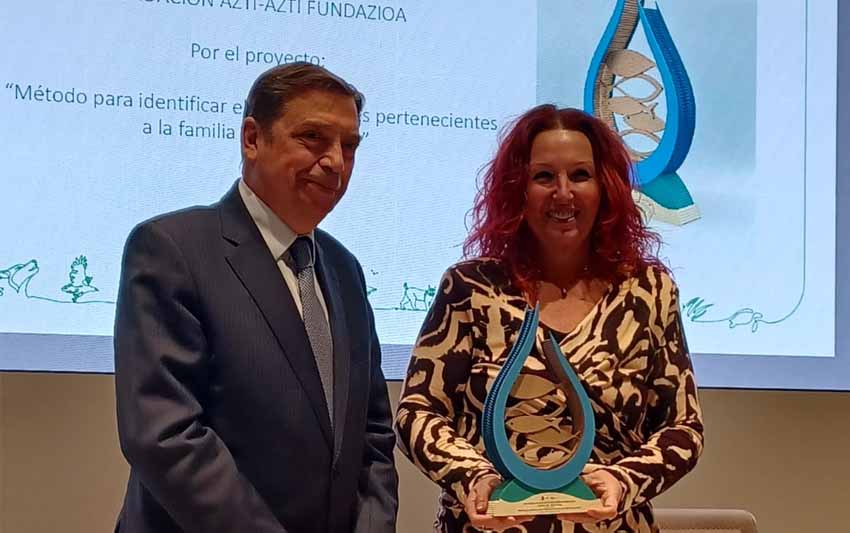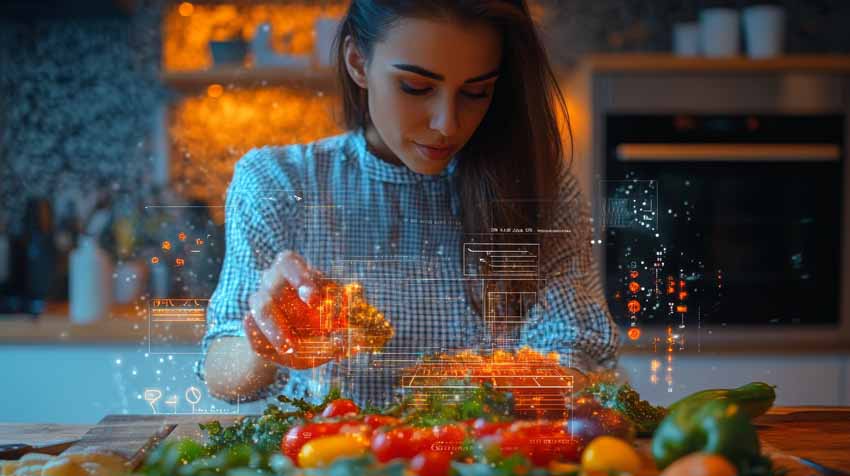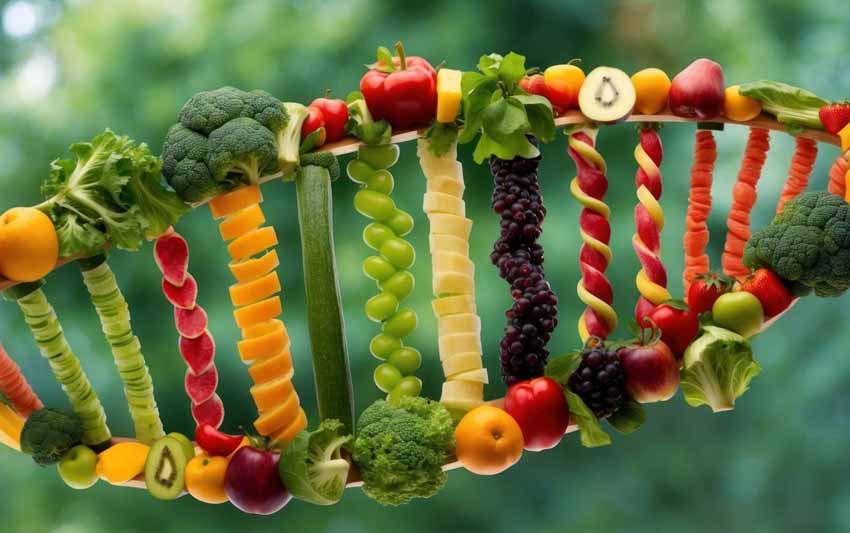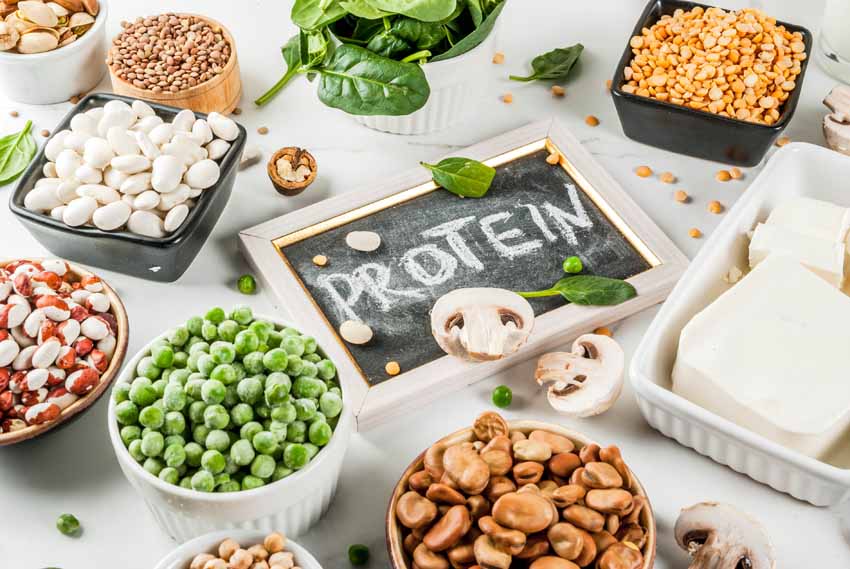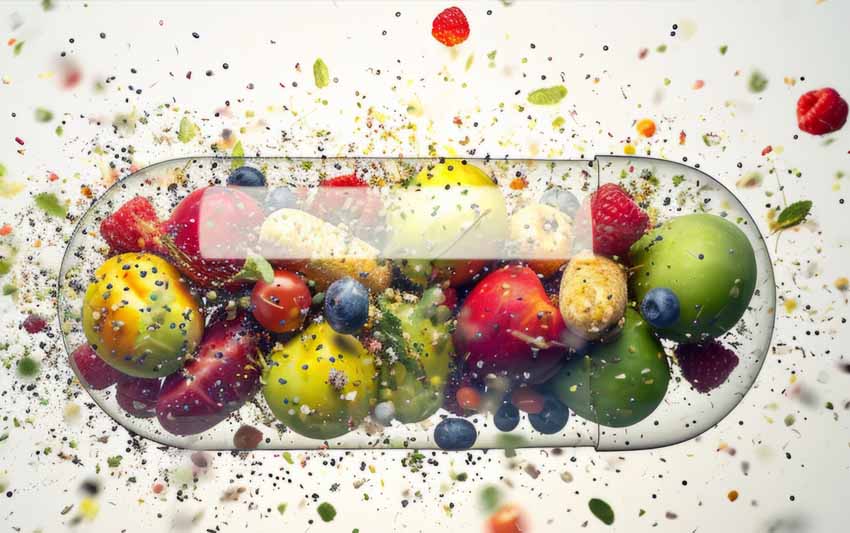“Upcycling” in the food industry, much more than the use of by-products
Últimas noticias
A pioneering genetic catalogue reveals hidden biodiversity in Basque estuary sediments
Uhinak Technical Committee Sets the Key Points for the 7th International Congress on Climate Change and the Coast
“We fishermen are the ones who earn the least”
ANA BARANDA and CLARA TALENS, researchers at New Foods
Upcycling is defined as the “reuse of discarded materials resulting in an increase in their ‘value'”. Most often, it also refers to the fact that unused material moves up the hierarchy of its value chain and thus back into the system.
In the case of food products, upcycling can be applied to surplus food, food waste and by-products of the food industry. Unlike recycling, this concept generally implies that the discarded material undergoes a transformation process that results in a higher value than the original, e.g. ingredients fit for human consumption.
Índice de contenidos
The benefits of “upcycling” in food
The incorporation of upcycled ingredients in the development of new food products not only benefits the sustainability of the planet by contributing to the circular economy, but also reduces dependence on third parties for certain ingredients. On the other hand, the development of these lines can contribute to the enrichment of products at a nutritional level, in many cases providing them with functional properties.
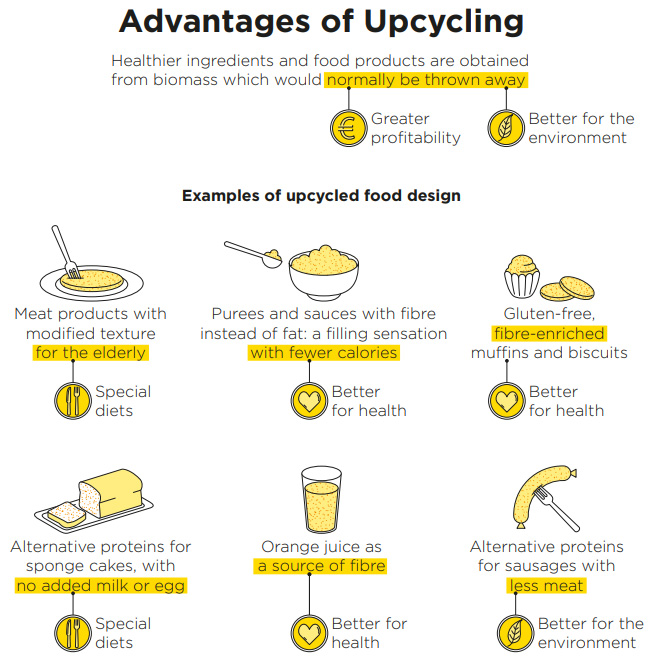
Some examples
Fruits and vegetables, a group whose processing is the largest source of food by-products, contain a number of nutrients essential for health, such as fibre, protein, minerals and vitamins. In addition, they also contain bioactive compounds of great interest for health purposes, which are linked to the prevention of certain diseases.
Another example can be found in the production of vegetable beverages (almond, soya, oats), whose pulp, properly treated, can be reincorporated into various products, giving rise to products enriched with fibre, which is of interest for health given the important role it plays in intestinal health, as well as in the proper maintenance of cholesterol and blood sugar levels. Similarly, flours produced from the by-products of oil production, e.g. sunflower oil, contain a large amount of protein, giving rise to ingredients that can form part of plant-based food products, thus increasing their protein content.
Other examples of the nutritional interest that can be obtained from upcycling products in food are the non-flour leftovers from wheat milling, very interesting thanks to their mineral, vitamin and fibre content; the whey from cheese production, rich in protein; the by-products of cold-pressed juices (pulp, seeds, skins) rich in fibre, vitamins and bioactive compounds; and eggshells, from which calcium carbonate is obtained, a food supplement used when the amount of calcium consumed through the diet is not sufficient, as well as collagen protein, whose importance lies in its role in the formation of the fibres from which the structures of the organism (muscles, tendons, ligaments, skin, bones, cartilage) are created.
At AZTI, we work to formulate and develop healthier and more sustainable foods, using these “upcycled” ingredients as sources of nutrients and with a characteristic sensory profile. For example, we have developed a process for obtaining orange fibre from industrial by-products of juice processing; the technological properties of this fibre were adapted so that it could be included again in the juice production process, giving rise to orange juices enriched with their own fibre. These juices were subjected to a nutritional intervention where it was found that juices with fibre effectively decreased glycaemic response and increased satiety, compared to placebo juices that did not contain fibre.

